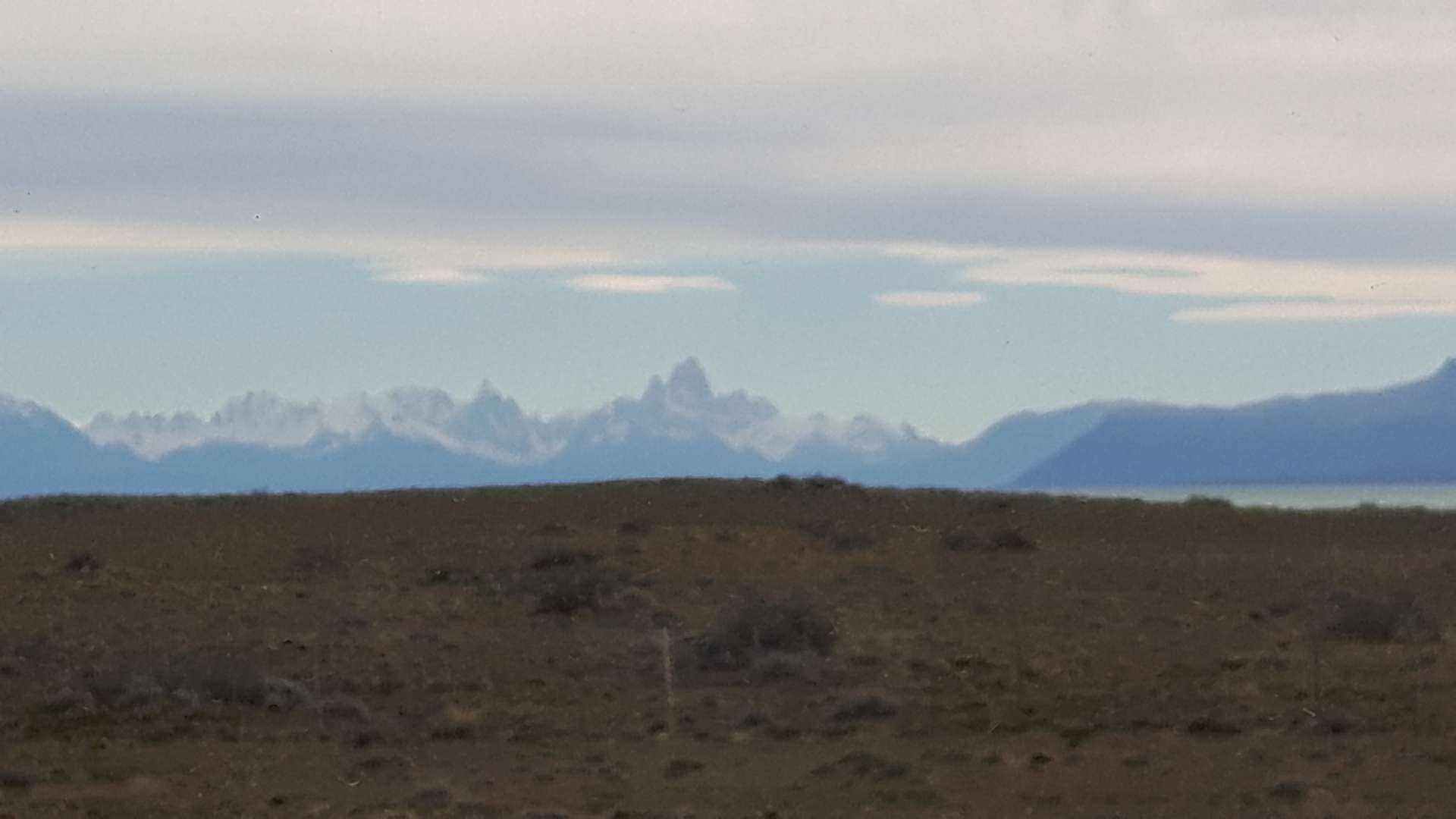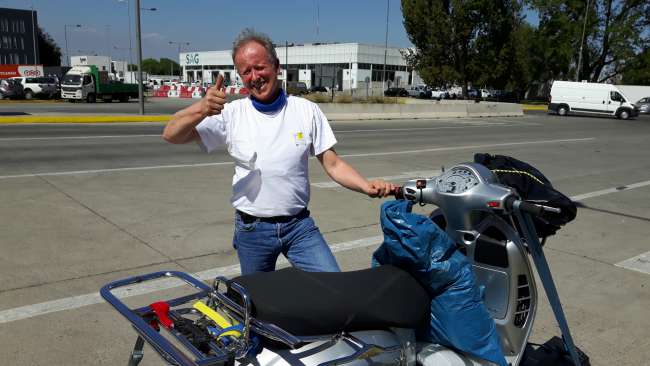20.03.: Colonia del Sacramento / Uruguay
Публикувано: 21.03.2019
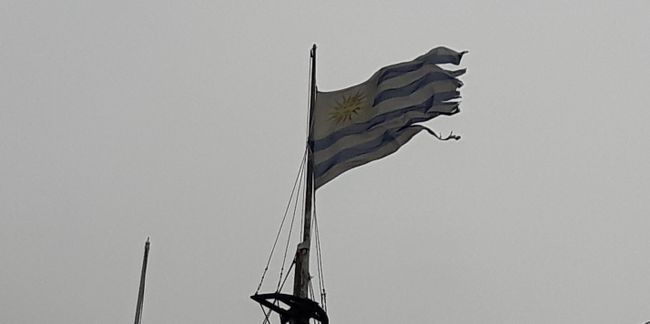
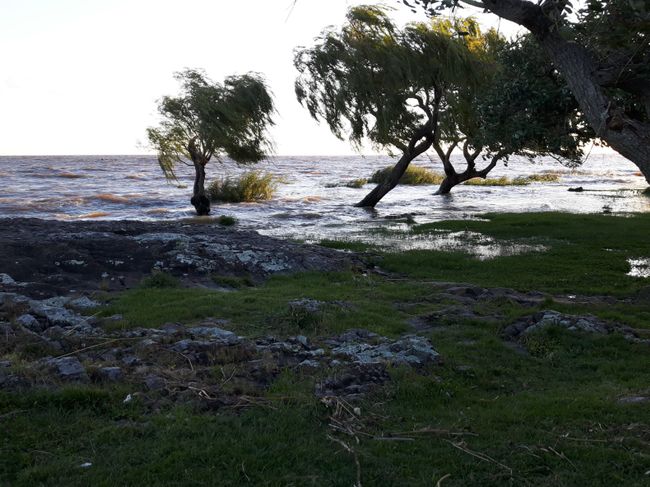
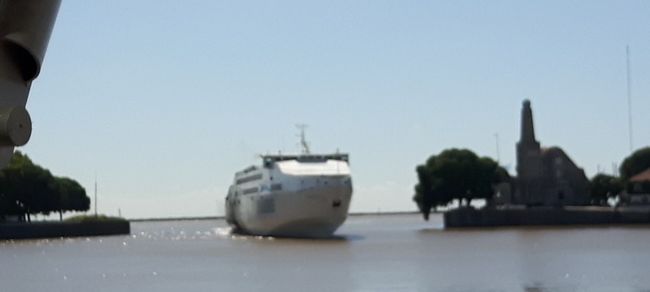
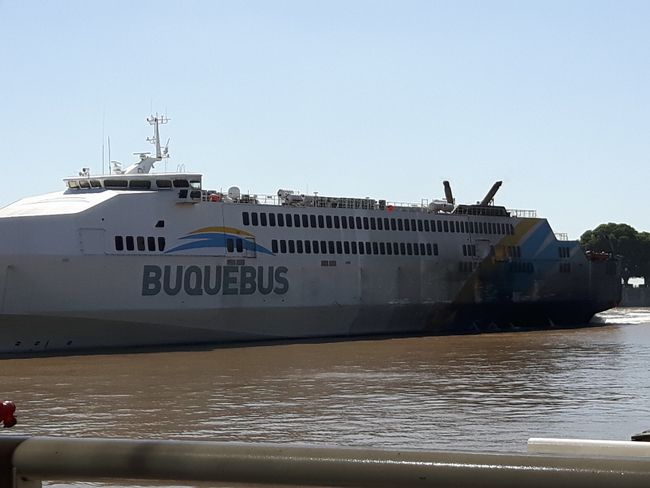
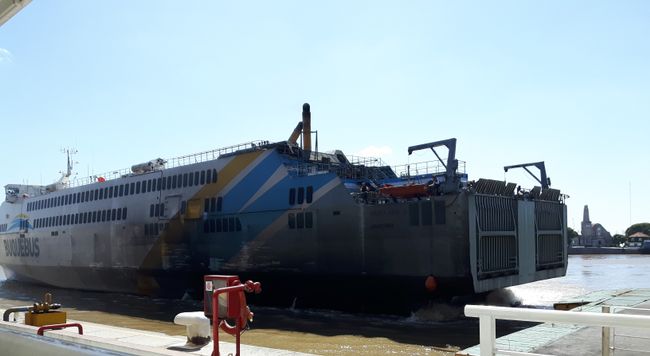
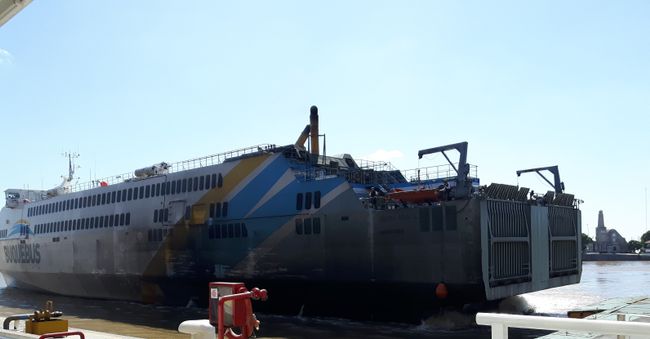
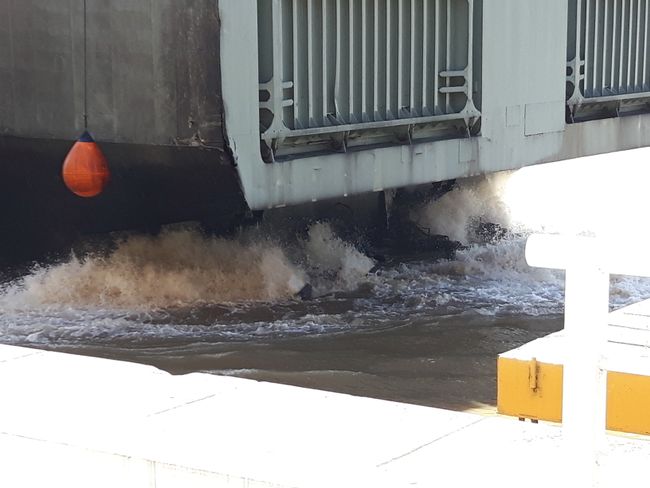
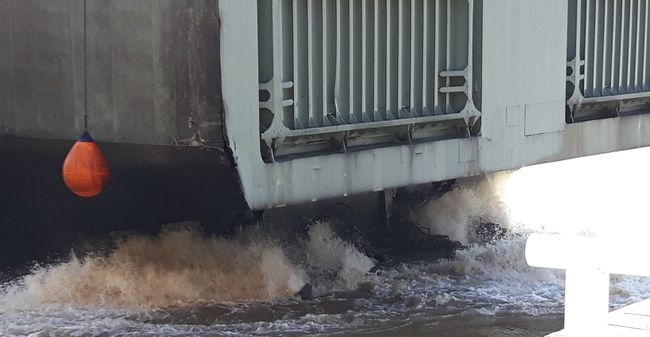
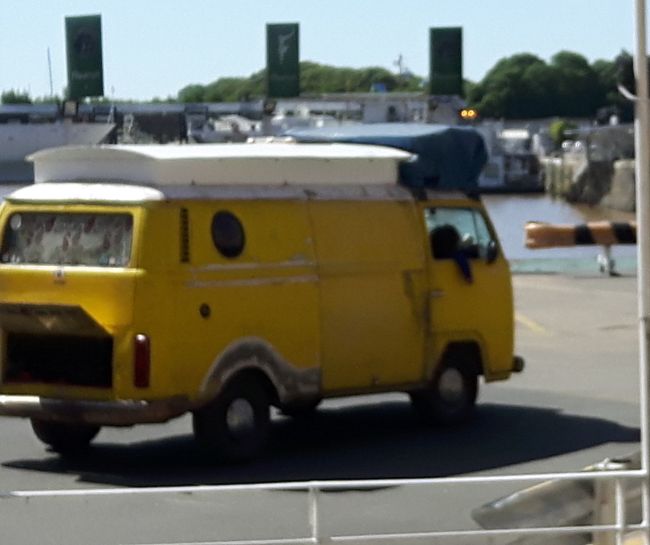
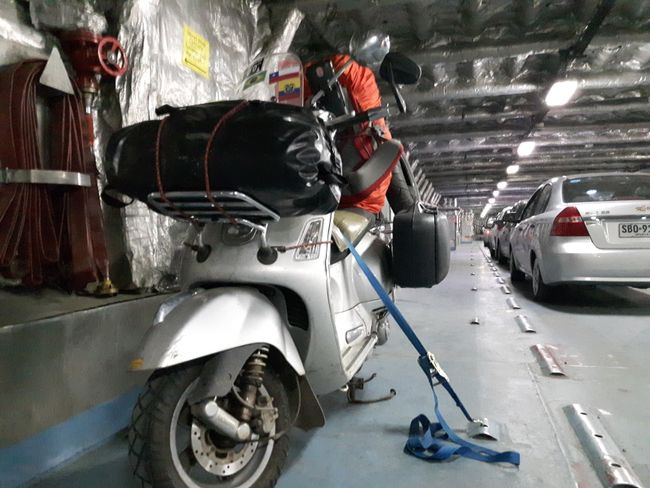
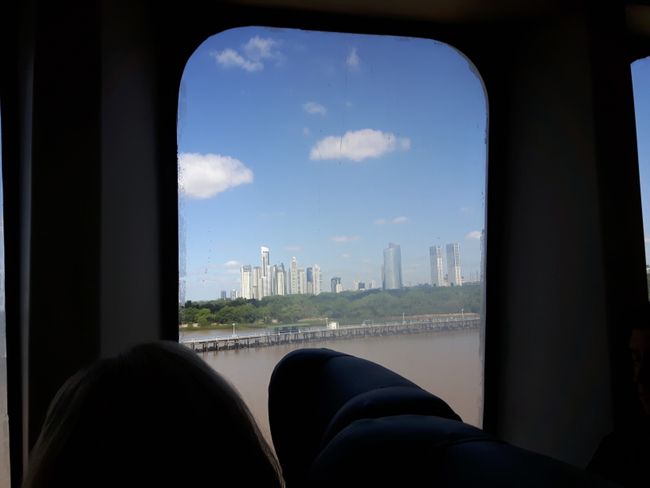
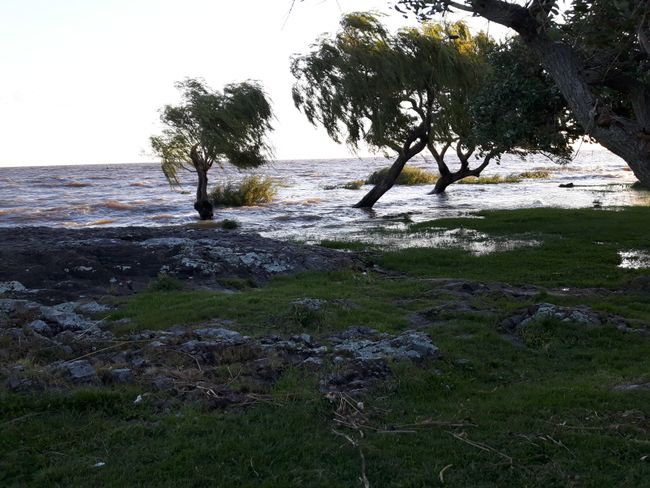
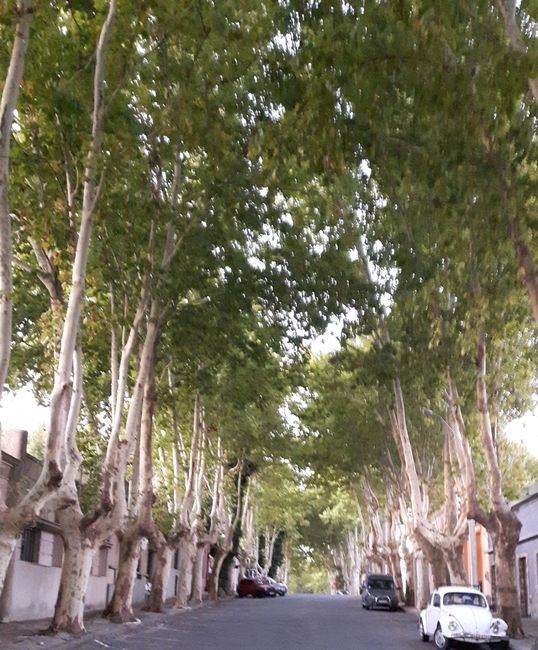
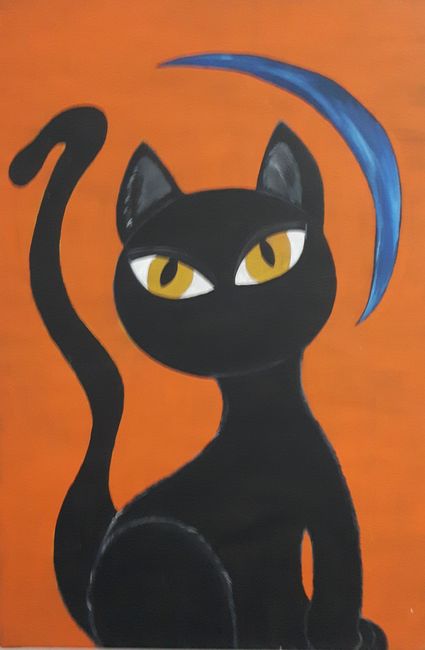
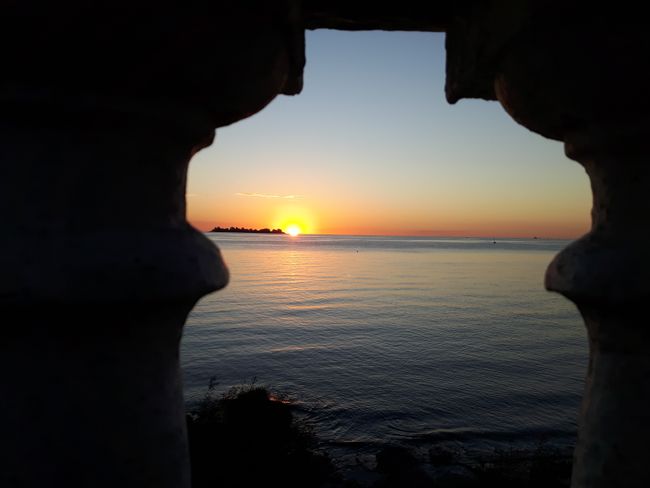
Абонирайте се за бюлетин
from 20.03.:
they do not sleep, the guardian angels, but they are wide awake. although they know that the home stable is not far away, their attention is not affected by it.
already yesterday, when I made the first trip to the port, I felt certain irregularities in the driving behavior. I didn't pay attention to them.
today, they can still be noticed. the vepse is not quite stable in its lane. a gas station is not in sight.
the crossing to Colonia del Sacramento goes smoothly. I'm there much too early. the travel agency said 120 minutes. I'm practically the first one and after a few traffic intersections, which are not seen as tight here and tolerated by the drivers, I'm on the merge lane to get to the ferry. I'm standing in the second row and a harbor employee tells me to leave the vepse there and go to the check-in, immigration and customs. the colleagues will only be here in 10 minutes. everything works perfectly and after half an hour I'm back at the vepse, waiting for it to start.
there are mostly Argentine license plates to be seen. I notice an overlander from British Columbia and a Chilean number.
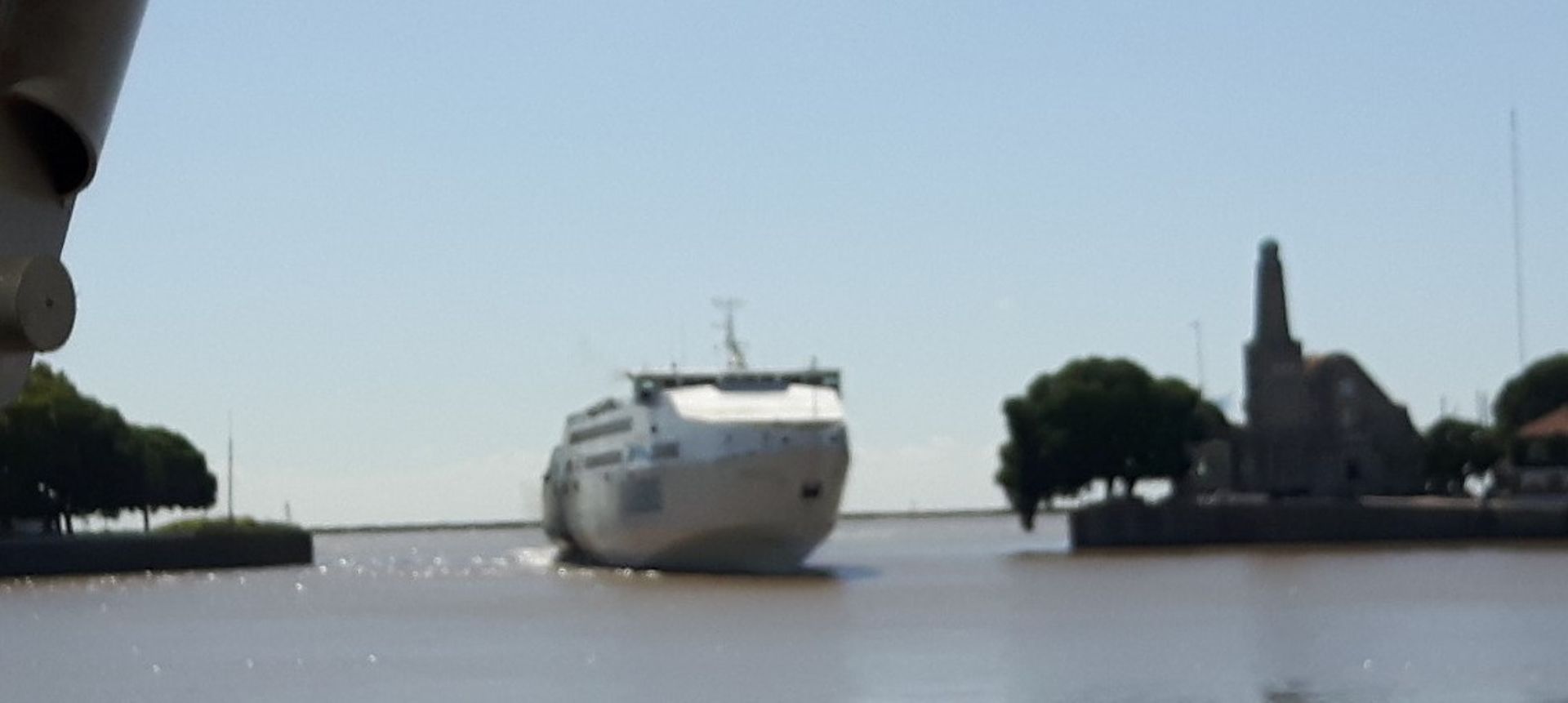
and then I see the ferry entering the port. it is a huge beast, with its rear walls covered in a greasy, black layer of diesel. the bow lifts up sleekly out of the water. it must be a racing machine.




today, the vepse is having its dress rehearsal before the great Atlantic crossing. we are directed to the ship's wall and park against the direction of travel. then a marshaller comes, who straps the vepse in with quick and skilled hands.
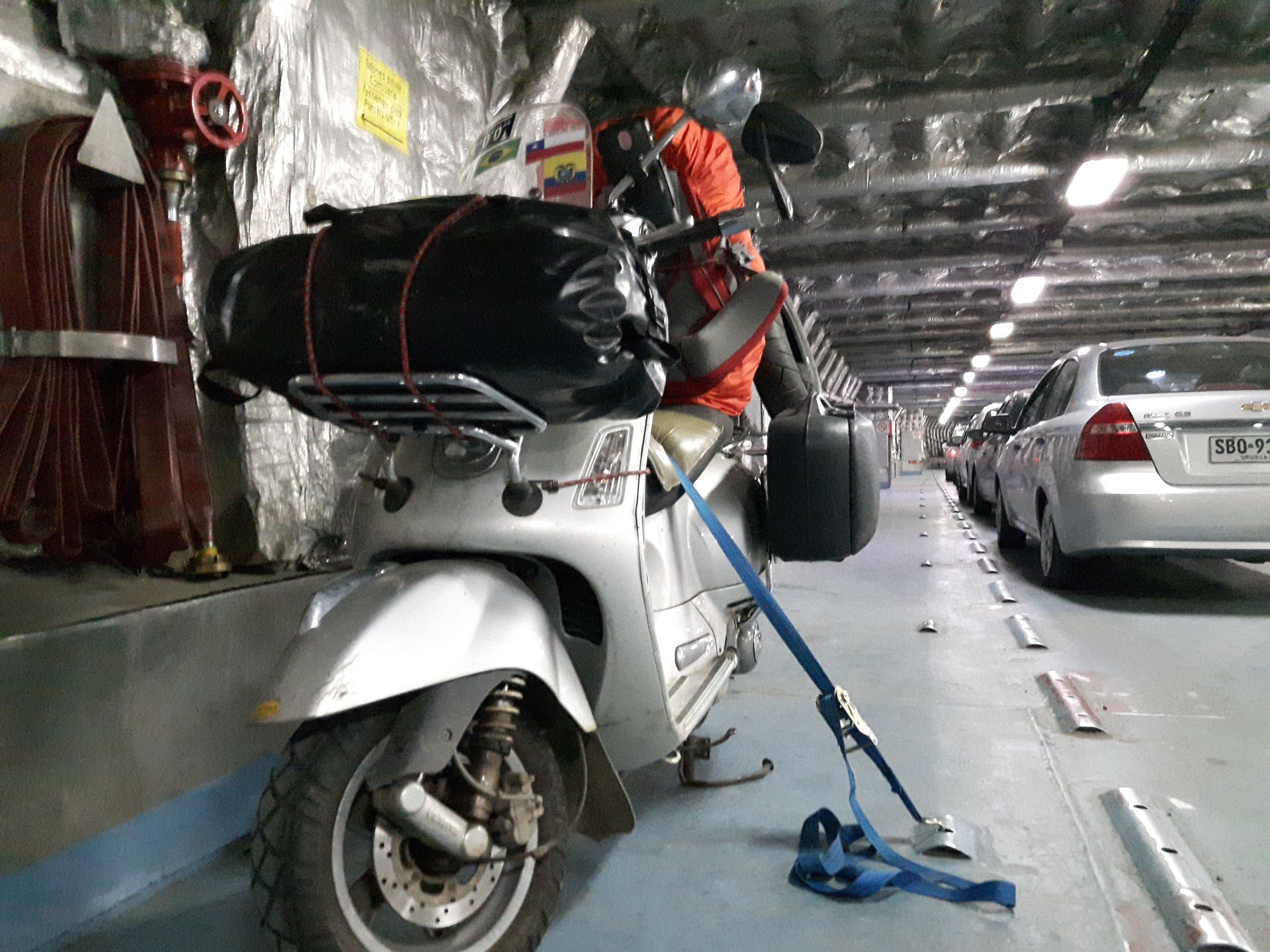
...and it still holds its breath!
there are two decks. carpeted floors, large windows - no portholes - seating areas with sofas and three-seater rows like in an airplane.
we are informed about the lifejackets and a film shows what to do in case of emergency and where to slide into the ready-made lifeboats. shoes should be taken off beforehand and luggage should not be taken along.
now the ship's screws turn and we set course for the Uruguayan coast. the Silvia Anna I - that's the name of the ferry - starts off like a racehorse and covers the distance in just over an hour.

the distance to the skyline of Buenos Aires increases in seconds!
everything goes smoothly. we don't have to queue, but can go straight to our vehicles. as soon as I'm at the vepse, the marshaller is already there, allowing me to drive out of the ship in the opposite direction.
is it because of the luggage? is the right pannier maybe heavier than the left one?
I drive to the customs station, but immediately realize that only Argentine and Uruguayan vehicles are allowed to pass through here. the foreigners are processed elsewhere.
it is important for me to get the entry documents from customs. I already have the entry stamp for Uruguay in my passport.
I know from Alex from Cologne - the one who rode his Vespa from Alaska to Patagonia - that he was sent back 1,000 km by the border officer because of a missing entry stamp.
here I meet the Chilean and the overlander from British Columbia again and know that I am in the right place. I am a bit unsure because the border officer in Buenos Aires took my entry document for Argentina. what if the customs officer wants to see it now? I observe that the others have an A4 document with them in addition to their papers.
in the meantime, I am drawn into a conversation by another border officer. actually, I don't like it at all. I want to concentrate on what's to come and be prepared. but he is experienced and tells me that he also rides a Vespa and has already done tours with it. poor Vespa, I think, because he must weigh at least 100 kilos. but if he does without his luggage, then these are similar weight ratios that my vepse has to handle.
now it's my turn and I have the reassuring feeling that the Vespa fan will stand by me if it gets critical. but everything fits. what is new for me is that she wants to see my insurance card. in none of the other countries did they care about that when entering. but I can also show it to her and then she hands me the document that I will have to present again when I leave for Germany.
the gas station is not far and I ask the gas station attendant to check the air pressure. his trained eye tells him that the rear tire has almost no air left!! I still ask him to inflate the tire and hope that someone in the underground garage in Buenos Aires played a joke and let the air out of the valve.
my accommodation is very close. I immediately ask the hostel owner if he knows a tire workshop. I want to be on the safe side and have my last spare tire put on. everything else is too risky for me. after all, I still have at least 200 km ahead of me to Montevideo.
a workshop sends me to the next one, but then I coincidentally come across a Continental workshop. the exhaust, which has to be taken off to access the rear tire, is hot and the mechanic seems initially disinterested. I even tell him that I can remove the rear wheel myself if he then fits the tire for me. but then he immediately starts working. I expected waiting times and that I could come back tomorrow during the day...
he is finished after half an hour. in the meantime, I take a look at the old tire and cautiously feel the inside, quickly feeling the tip of a nail. I am relieved. the cause has been found.
and then the always same question follows: what if...?
but thanks to its two guardian angel colleagues, the vepse has managed to hold its breath for the past two days or more (?), and only now kneels down at the gas station.
the other to-do's still have to be done as well. SIM card for the smartphone and dollars or Uruguayan pesos.
there is even enough time to go to the old town and look at the Mare del Plata. the sunsets here are said to be magnificent, my hostel owner told me.

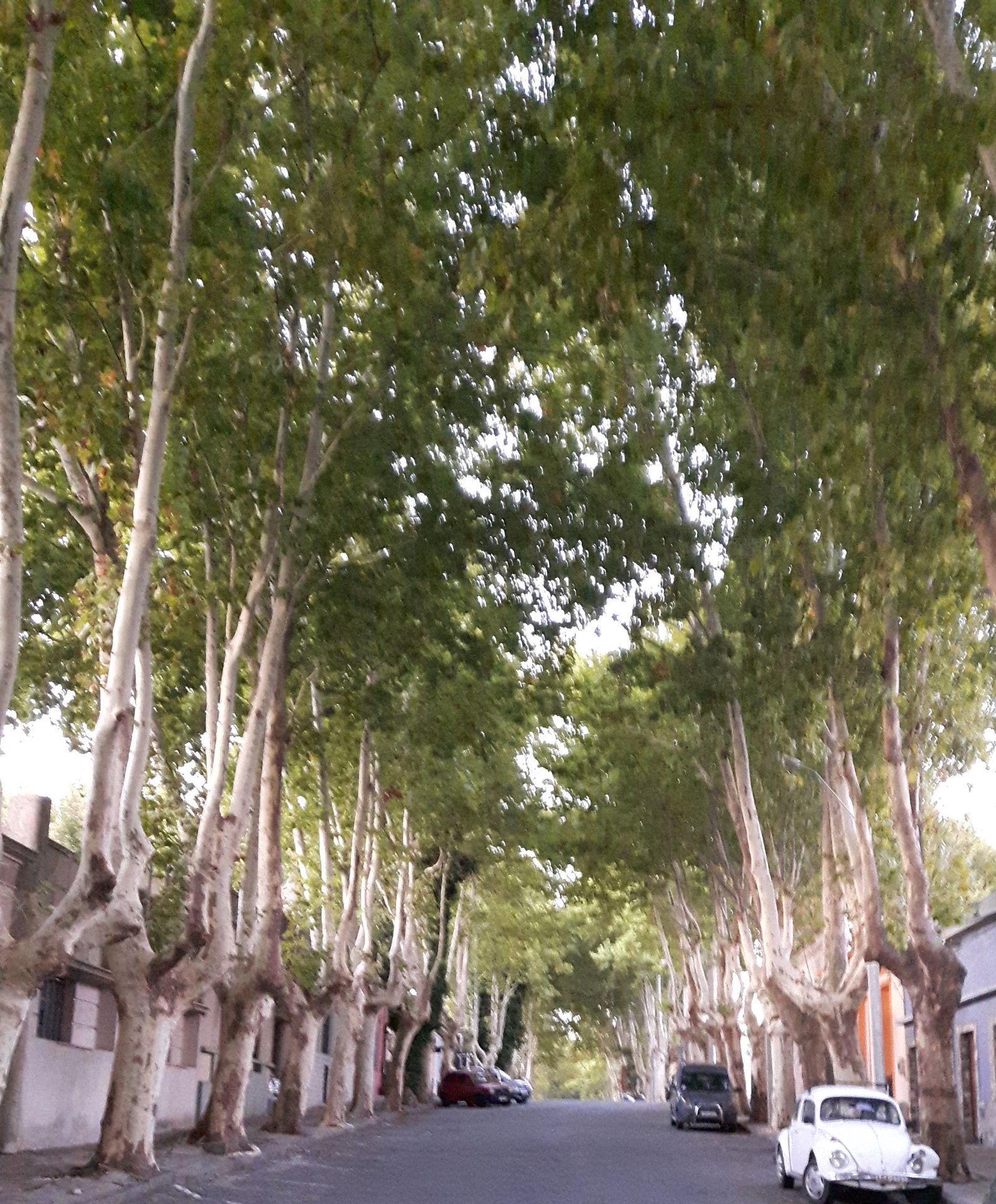
tall plane tree avenues dominate the street scene - not only here - and tree trunk thick oleander bushes
21.03.:
beginning of spring in Germany. here the shadows get longer, and I enjoy bathing in the sun again.
the departure of the Grande San Paolo is delayed by another day. it's supposed to be on the 31st of March. I follow its route and know that it reaches the Brazilian coast and has anchored in Paranagua.
I have the impression that it takes with it what it can get for cargo. that's the reason for the delay.
so I decide to stay here for two more nights. although Punto del Este is also supposed to be beautiful, tourist places don't appeal to me. here everything is more peaceful, no party noise like in Sao Francisco, where it was so hot that I hardly left my room. here there is a big beach, not crowded because it's already too cold, but great for a long walk.
I will drive to Montevideo on Sunday. so there are still several days left for the big city.
22. & 23.03.:
since I only booked two nights in my first hostel, I have to move again. a room with a bathroom. a kind of pousada with a very personal atmosphere. Frau von Katze hangs over my bed and checks my sleep.

she will accompany me to Ritterhude and find a place there.
here on this street it is as quiet as on Green Street. it tempts you to spend the extended morning here and only go out in the afternoon.
Colonia del Sacramento lives off Buenos Aires and the passengers who add one or two overnight stays here before they continue their journey. and it lives off its flair of being Uruguay's oldest city.
its strategically exposed location has not allowed it to come to rest for centuries. the Spaniards, the Brazilians, the English and the Portuguese fought for conquest until a peace treaty was signed at the beginning of the 19th century.
a large, almost intact city wall protected against attacks. today, tourists bask and wait for the 'magnificent' sunset.

magnificent...
here too, there is a rowing club. I'm too lazy for big actions and prefer to watch the training sessions from the shore.
I'm trying to get along with Uruguayan red wine, but I'm not really convinced. I only learned here that Uruguay has over 6,000 hectares of vineyards and that 80% of them are used for red wine. the variety is called Tannat and came here from the Pyrenees at the end of the 18th century.
Абонирайте се за бюлетин
Отговор
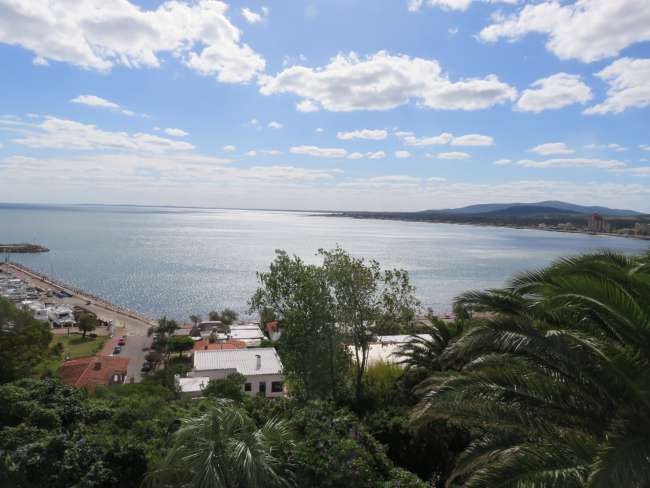
Отчети за пътуване Уругвай
